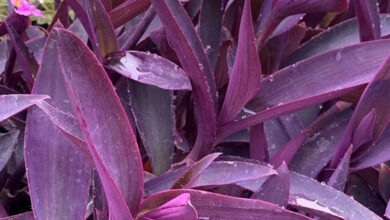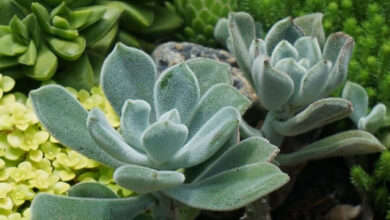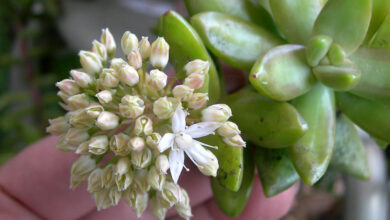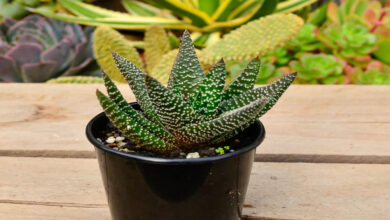Succulent propagation time lapse guide
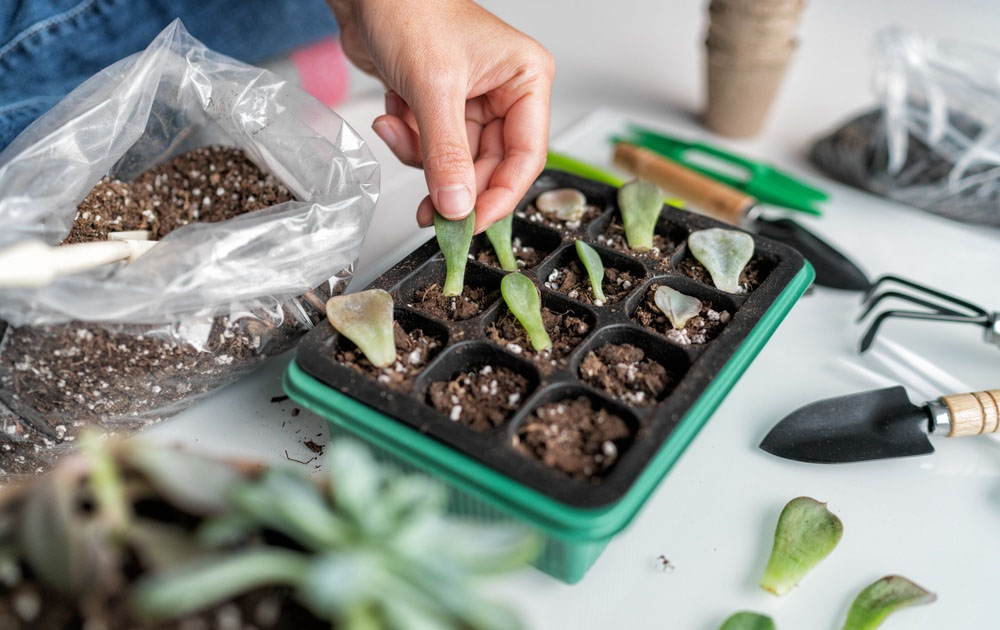
Succulent propagation time lapse depends on certain circumstances. Succulent Rooting duration obviously varies, but the most succulent stem and leaf cuttings generally root in 2 to 3 weeks. The term “succulent” refers to a plant category that comprises thousands of species, some of which are closely related and others that are not. Their botanical links range from cacti, aloes, and agaves to sedums, sempervivums, and echeverias. Succulents, on the other hand, have one thing in common: they retain water in their leaves, stems, or roots.
Succulent propagation time lapse
Dehydration may be a major issue when propagating non-succulent plants like hydrangea cuttings or rose cuttings. That isn’t an issue with succulents. Instead, the emphasis is on preventing rot and fungal disease in leaf and stem cuttings.
Because of this distinction, if you’re propagating succulents via leaves or stems, you should allow several days between taking cuttings and planting day.
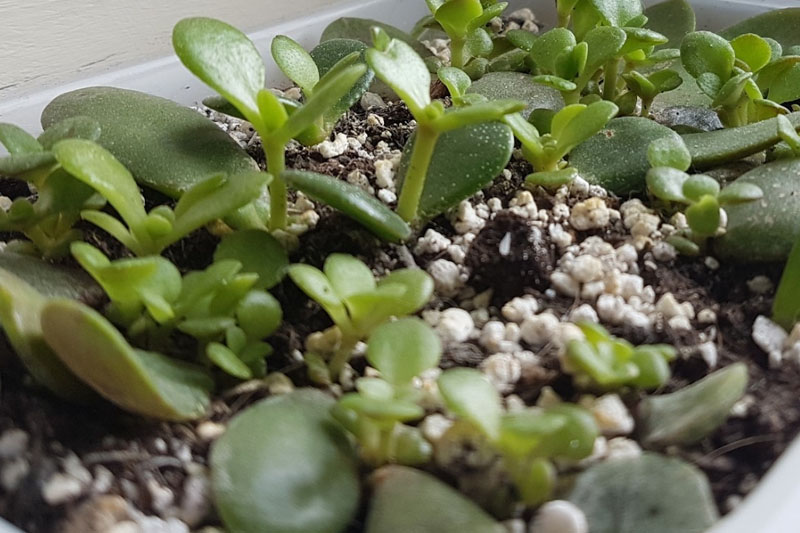
Succulent Cutting
Succulent leaf and cutting propagation are easiest in the spring and summer when the stems and leaves are poised for vigorous development. Individual leaves or stem segments of the most popular succulents reproduce readily.
Succulents with fleshy leaves, including jade plants or echeveria & sempervivum rosettes, function well for leaf multiplication. The leaf must remain intact in order to effectively root. To loosen the leaf, gently bounce it back and forth between your forefinger and thumb. Then carefully separate the leaf from the mother plant, keeping the base intact.
Succulents with unique stems, such as stacked crassulas & spreading or upright sedums, respond well to stem cuttings. How to cut succulents is comparable to propagating soft-stemmed plants.
Planting Succulent Cuttings and Leaves
Succulents may be propagated in water, however, this goes against the growth conditions that these plants like. Start your leaves and cuttings in shallow planting trays or tiny containers filled with potting soil for the greatest results. Individual containers remove the need for succulents to be transplanted shortly after they root.
While most common succulents root quickly, certain kinds take longer.
Using rooting hormones might speed up the process & improve your outcomes. Some brand promotes root formation and enables succulent leaves & stem cuttings to generate more uniform roots. As a result, the plants become more robust and well-rooted.
Key points of succulent propagation time lapse
Follow these easy actions when your leaves or stem cuttings callus & planting day arrives:
- Get your planting trays or pots ready. Use a coarse, fast-draining cactus and succulent potting mix that has been gently dampened.
- Create planting holes using a tiny stick.
- Cut one at a time. Moisten the leaf base or cutting stem before dipping it into the rooting hormone dish. Thoroughly cover the leaf base or stem. Remove any extra rooting powder with a shaker.
- Carefully insert leaves or stems to ensure the rooting powder remains in place. Then, firm the potting slightly.
- Insert the base of the leaves at an angle, just below the soil line. Curved leaves should be placed such that they curve upward. (On that side, the new tiny plant grows.)
- Insert the bottom half of the stem into the potting mix so that at least two bare nodes are covered.
- Do not water until roots appear. Then water the well and let the soil dry before watering again. Although rooting times vary greatly, most succulent leaf and stem cuttings should root in two to three weeks. Cuttings from stem tips root the quickest.
- Once the roots have formed, transfer your baby succulents from trays to tiny pots. Use the same potting mix that you did before. Be mindful not to disturb any new root.
How to Take Care of The New Succulent Plants
Most mature succulents enjoy full to partial exposure, but keep young plants out of direct sunlight. More light may bring out the vibrant hues of succulents, but too much light can cause fading & sunburn. Succulents are frequently overshadowed by taller plants, even in deserts.
You may transplant your succulents to larger pots, combination planters, or garden houses as they grow. To maintain your succulents healthy and rot-free, make sure they have coarse, loose soil and sufficient drainage.
Succulents can withstand heat and drought, but frequent watering maintains water-saving leaves and stems lush, attractive, and firm. Always let the soil dry completely before watering heavily and thoroughly. Allow succulent soil to dry before watering it again.
You may improve your succulent plants and share extras with friends and family by learning how and where to root succulent cuttings & leaves.
Succulent lovers can read more about How to Propagate Succulents along with other articles that are particularly published for those who love to grow succulents in their home or garden.

